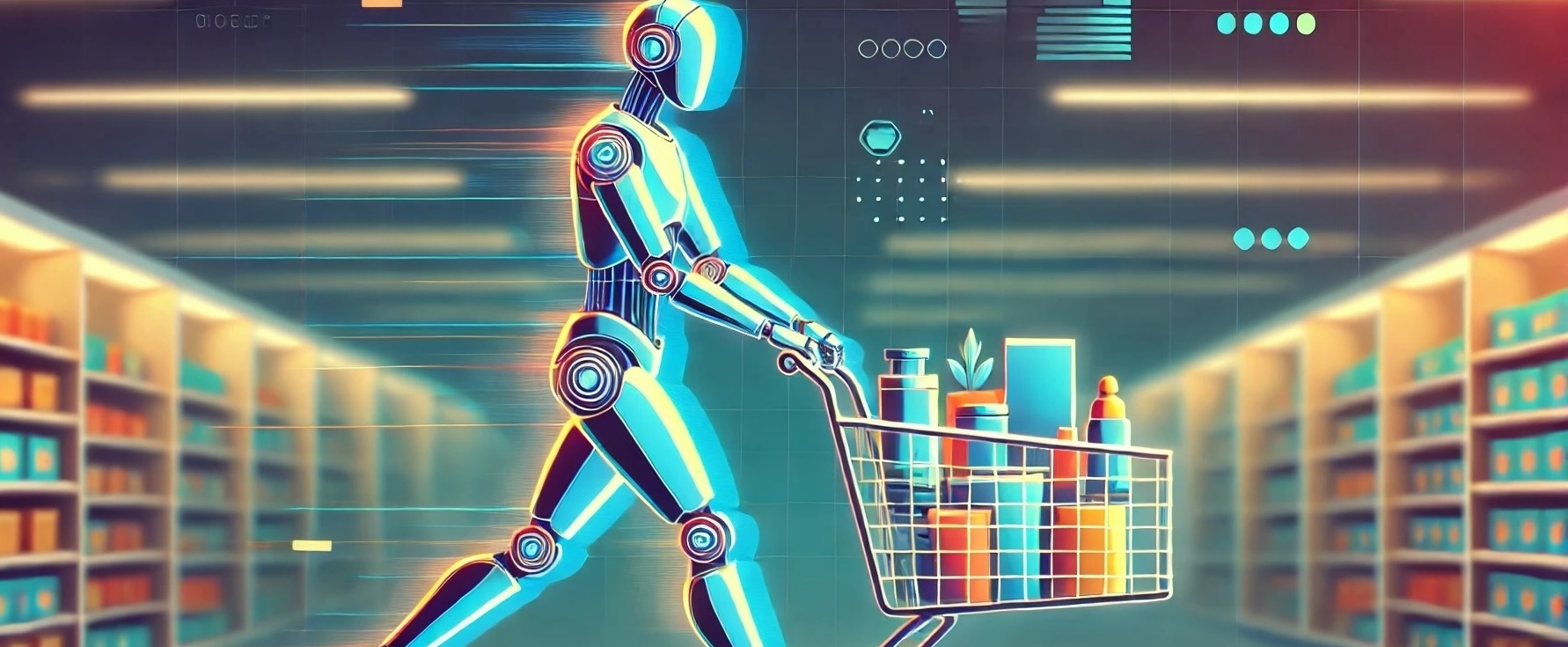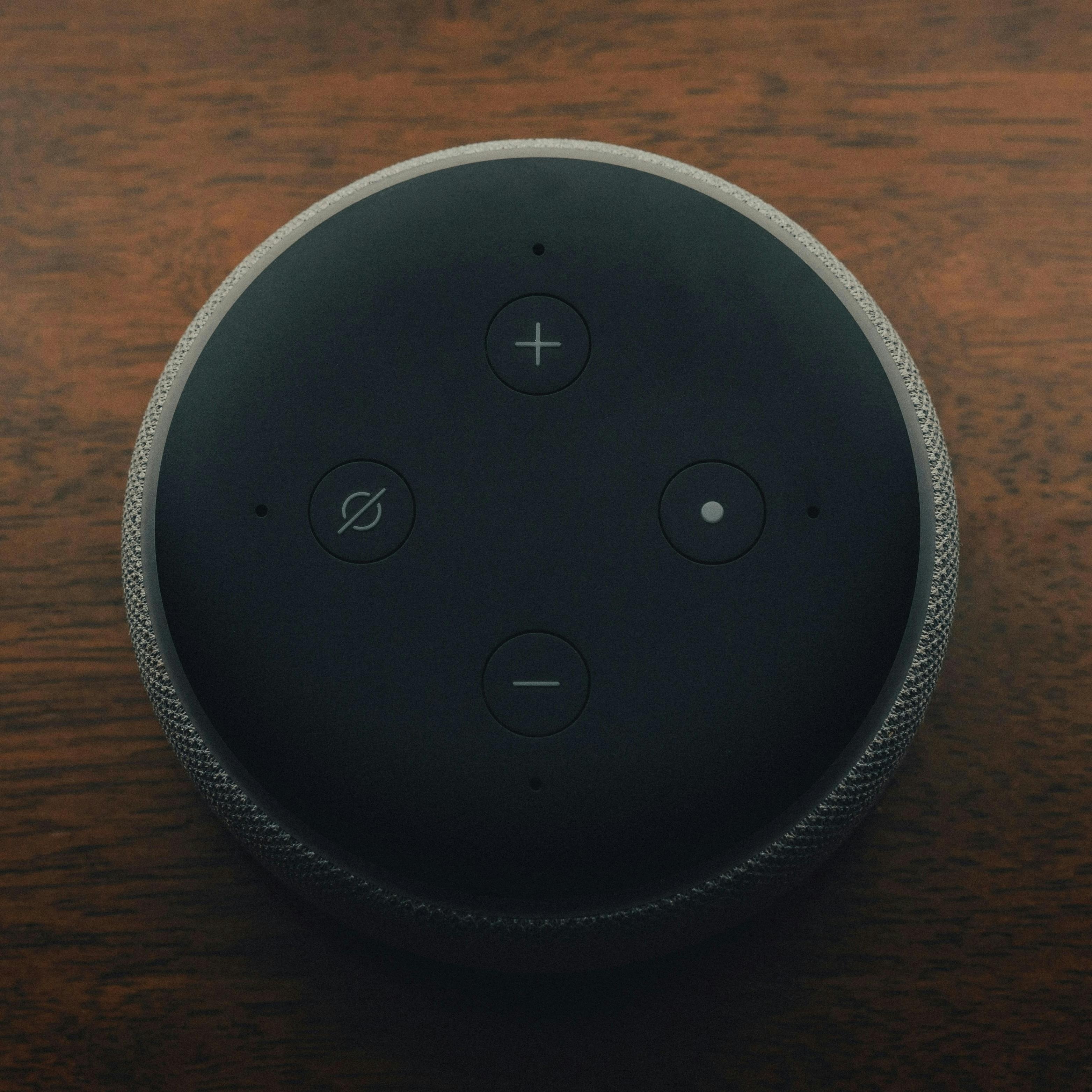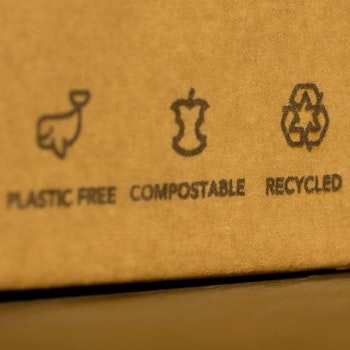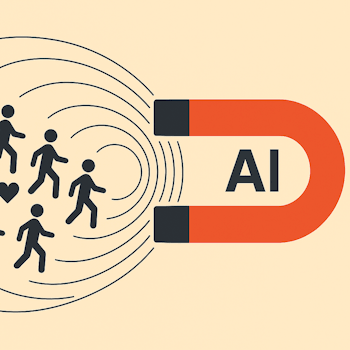
One of the ways that A.I. is set to become a deeper part of our lives in the years ahead is through smart digital assistants. We’ve already had voice-controlled assistants like Amazon’s Alexa and Apple’s Siri for years, but they are about to get smarter, which could unlock far more widespread adoption. And this could have significant implications for brands.
Imagine, for example, being able to shop for items just using your voice. This is already possible via Amazon’s Alexa and even ChatGPT. Brands still have an advantage when you need to request a specific product—if they remain top of mind. But the smarter digital assistants are more like personal shoppers, and maybe they will be able to cast a wider net in their search for products that will be ideal for you. This could be very disruptive to brands. If you had a personal shopper who you could brief on your requirements, preferences and tastes, would you be so reliant on habits of buying particular brands?
Brands often succeed because comparing product features in detail is too onerous and we’d rather just take the shortcut of picking a known brand name. If we recognise a brand name, we assume the product or service can’t be too bad. But a digital assistant will have the time and energy (usually far quicker than a human equivalent) to fully use our preferences to weigh multiple alternatives, and then summarise why it thinks its suggestions are good. This could potentially undermine the power of brands.
Indeed, if a smart digital assistant understands enough about you, it might be able to anticipate your needs in advance or make suggestions for products you hadn’t even considered before. Already websites like Amazon can remember your past purchases and suggest similar items you might like. But if your assistant is knowledgeable about your lifestyle, and is even possibly tracking health or diet metrics, its recommendations could go even further.
This takes away from the incumbent model of supermarkets and shopping malls dominated by big brands that we know from TV advertisements toward a world where we might consider a broader array of products.
In a way this will be an extension of the trend to disintermediation that the web started. For example, price comparison websites in sectors like insurance put extra pressure on brands to compete on price. In retail, there is limited physical space, and therefore an advantage to big brands who have the muscle to command shelf-space. But online, if you are a smaller player with a great product or service, with good reviews and a competitive price, you can compete on more equal terms. And maybe digital assistants could help make you more findable.
Eventually this disintermediation could extend to apps themselves. You may only need one app -- your digital assistant -- which will access others in the background for specific tasks. This would mean the competition to be the digital assistant of choice will become fierce, with tech companies potentially empowered at the expense of retailers. And the power of these apps could mean they could charge brands to be featured. The extent to which this is transparent (i.e. presented like an advertisement) versus simply offered as a suggestion could also affect consumers’ trust in the digital assistant.
Another way that brands could be changed by digital assistants is the potential increasing importance of voice. A.I.-powered apps can tailor or personalise the sound of their voice. Rather than reading a help-page or calling a helpline, you might find yourself having conversations with a human-sounding voice assistant whose voice has been carefully engineered to be as pleasing as possible to you, or to somehow convey the feeling and values of the brand. Indeed, the choice of voice for particular brand qualities is something we’ve already studied at CloudArmy (read our case study here).
Voice-driven shopping may fundamentally shift the role of brand identity. When consumers primarily interact through voice commands, what happens to visual elements like packaging design? Its traditional shelf presence becomes less crucial, while its aesthetic appeal within the home environment potentially gains importance. Brands might need to reimagine their visual identity for a world where the first point of contact occurs through voice rather than sight, raising questions about how distinctive packaging translates when removed from the competitive retail shelf context. Perhaps the unboxing moment—when customers receive and unwrap their delivery at home—becomes the critical touchpoint where brands can create lasting impressions and emotional connections.
Conversations with an in-store salesperson or phone helpline person are, by their nature, finite. They only have so much time to spend with you, and that one conversation might be the only one you ever have with them. But a digital assistant can spend as much time with you as you like. And it can be potentially far more knowledgeable than any one individual human employee, acting as much as an educator as a helper. It could, if you allow it, remember your previous interactions and access a range of information about you and your tastes. This could truly bring the dream that brands have talked about for years, of being always on, i.e. to be available at any time, in any place.
Computer pioneer Alan Turing suggested a test for true artificial intelligence: if you can’t tell whether the entity you are having a conversation with is a person or a computer, then the computer has effectively become intelligent. For everyday conversations, personal assistants may soon reach—or come uncannily close to—that level.
It’s impossible to predict where digital assistants will take brands or whether such assistants will genuinely become more popular. Maybe big brands will find themselves increasingly sidelined by high-quality products from smaller players. Or maybe brands will simply adapt and become more personal in how they communicate with consumers. Or perhaps these assistants will fall short of the reliability shoppers require to trust them with purchases.






